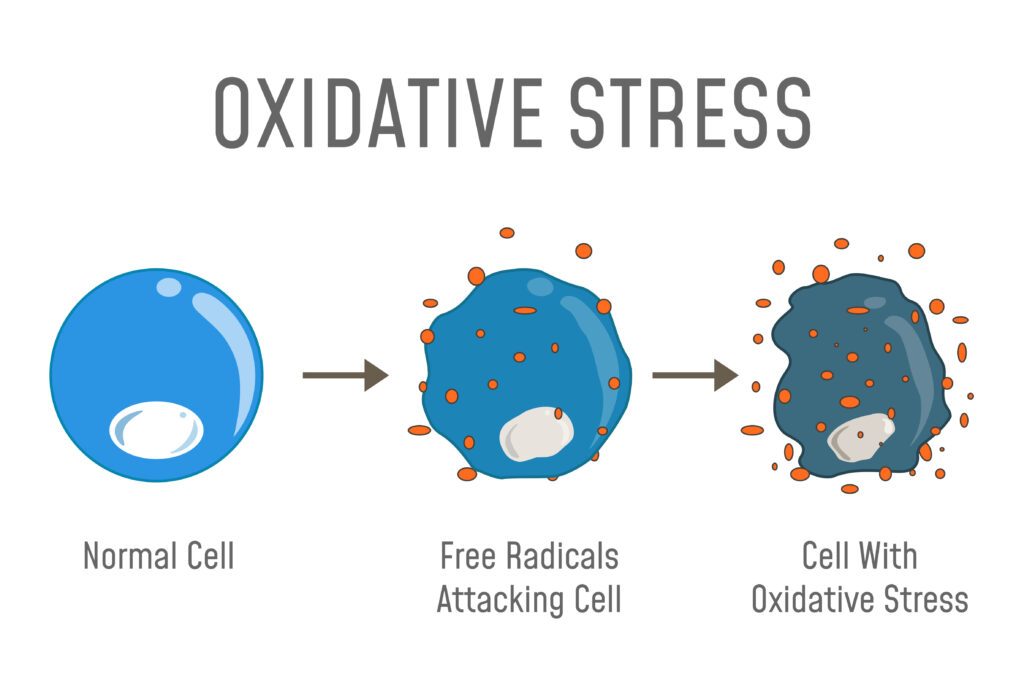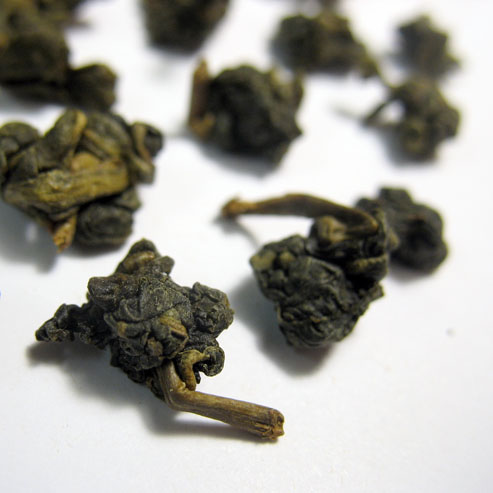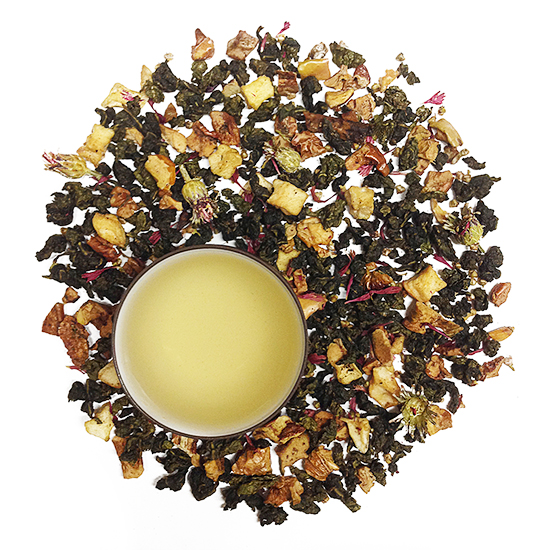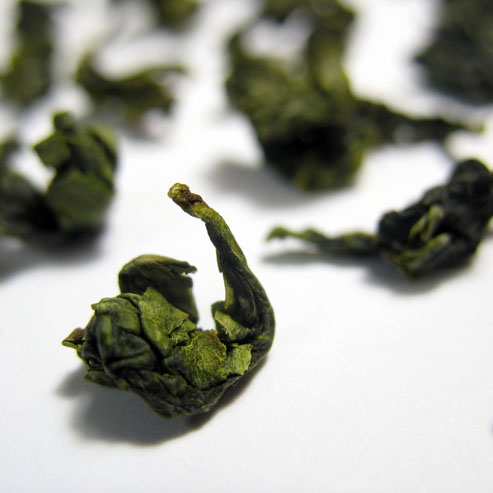Oolong Tea Delivers Health—And Serves Up Wellness, Too
Tea fanatics (hands raised) not only know all about oolong tea—there’s a good chance they sipped their way through a cup today, or at least this week. For many tea drinkers, it’s a staple.
But oolong isn’t widely understood outside of China. People may have heard of it, but don’t know what it is. This is a situation calling for a solution. More people should incorporate oolong tea to their lives!
And not just because oolong tea’s many styles and varieties offer such a rich and fabulous diversity of flavor. They should also sip oolong because it delivers health and wellness.
As we continue championing tea for wellness across the months of March and April, now we dig deeper into oolong. It’s a treasured style of tea, and one we include in our new Wellness Tea Box.
What is oolong tea?
All tea begins the same—leaves on the plant Camellia sinensis. The shrub-like vegetation is native to China, and now counts as an enormous agricultural product in countries in Asia and Africa.
What determines whether a tea is classified as green, white, oolong, black or puerh has nothing to do with the leaves themselves. Instead, it’s tied to the processes used by tea artisans to turn those leaves into the different styles. And much of the distinction between styles revolves around oxidation. Harvested tea leaves exposed to a lot of oxygen over time become black tea. Leaves that undergo roasting or steaming after harvesting to arrest oxidation are green. Oolong rests squarely between the green and black.
In terms of flavor, the in between nature of oolong yields a tapestry of flavors, aromas and textures.
Oolong tea and health
All tea from Camellia sinensis is healthy. Powerful compounds flood the leaves, and many of them remain after brewing, regardless of whether oxidation turned the leaves into oolong or green tea. But that oxidation does affect botanicals in different ways, some of which leave health advantages unique to different styles.
Among other things, the powerful amino acid L-theanine is especially prominent in oolong tea. This amino acid, according to studies, can lead to improved brain activity, better sleep quality and reduced stress and anxiety. Oolong also contains more antioxidants than other styles.
Antioxidants

Oolong tea is rich in antioxidant and anti-inflammatory compounds. These important players in the human body help protect cells from oxidative damage. Tea polysaccharides—a kind of carbohydrate—also dwell within oolong tea. These also possess antioxidant qualities. As cells are the building blocks of life, our bodies rejoice when we protect them from aggressors.
Mental Health

Polyphenols found in oolong tea, including a catechin called EGCG, may aid mental health. One 2021 study of 13,115 older Chinese adults who drank oolong and fermented tea discovered that they were 13% less likely to show depressive symptoms. Scientists believe these polyphenols reduce inflammation and nerve cell damage in the brain. Another study, from 2022, found that among the study group of 1,545 older Chinese adults, those who drank oolong tea experienced a 40% lower rate of cognitive decline.
Heart Health

Researchers have long associated tea in general, including oolong tea, with bolstered heart vitality. The volume of scientific studies devoted to connections between tea and heart stoutness is profound. One study, for example, found that people who drank just 10 ounces of oolong tea per week experienced diminished risks for high total cholesterol, triglyceride and the “bad” cholesterol—LDL.
Weight

Can tea lower weight? Not on its own. Smart diet and exercise are essential. But years of research into links between tea and weight loss show that tea sippers might have an easier time of keeping off the pounds. One study of overweight and obese Chinese adults found that half of the participants who drank 300 milliliters of oolong four times a day lost more than 1 kilogram (a bit more than two pounds) of weight. Other studies reveal that tea stimulates fat burning in the body, boosting the number of calories bodies burn by 3.4%.
Dental health

Tea for teeth? Yes—it’s a thing. It turns out that tea leaves naturally contain fluoride. Among beverages, none match tea for its ability to deliver natural fluoride, sip by sip.
Oolong Tea for Wellness: Osmanthus Oolong

Traditional Chinese teas are the most likely to contain flower petals. Jasmine tea is the most famous of all—a blend of green tea (normally) and fresh-picked jasmine flowers that perfume the tea. But osmanthus flowers also get leveraged by tea artisans in China to produce exquisite tea, like our Osmanthus Oolong. This healthy tea involves lightly oxidized oolong tea with fresh and highly aromatic osmanthus flowers. The result is a true beverage of beauty—and wellness. We included this gem in our Wellness Tea Box.
Oolong Tea for Wellness: Lemon Blossom Oolong

Oolong tea. Fruit. Flowers. This magnificent blend embraces a range of pretty ingredients. Lemon adds citrus zing, and apple contributes depth. And heather and red cornflower blossoms cloak the blend in enchanting aromas and compelling flavors. It’s a beauty, and decisively health-forward.
Oolong Tea for Health: Tie Guan Yin

We adore oolong blends, but we of course are mad for straight oolong tea. The style provides such a bounty of tastes and perfumes, all of which differ—in some cases dramatically—from one another. Tie Guan Yin, which means Iron Goddess of Mercy, is among the most famous of all Chinese teas. This special brew broadcasts a bright taste, smooth finish and a lingering sweetness in the mouth. As with all oolongs, it also benefits from multiple steeps. With each steep, the flavors and aromas evolve.

